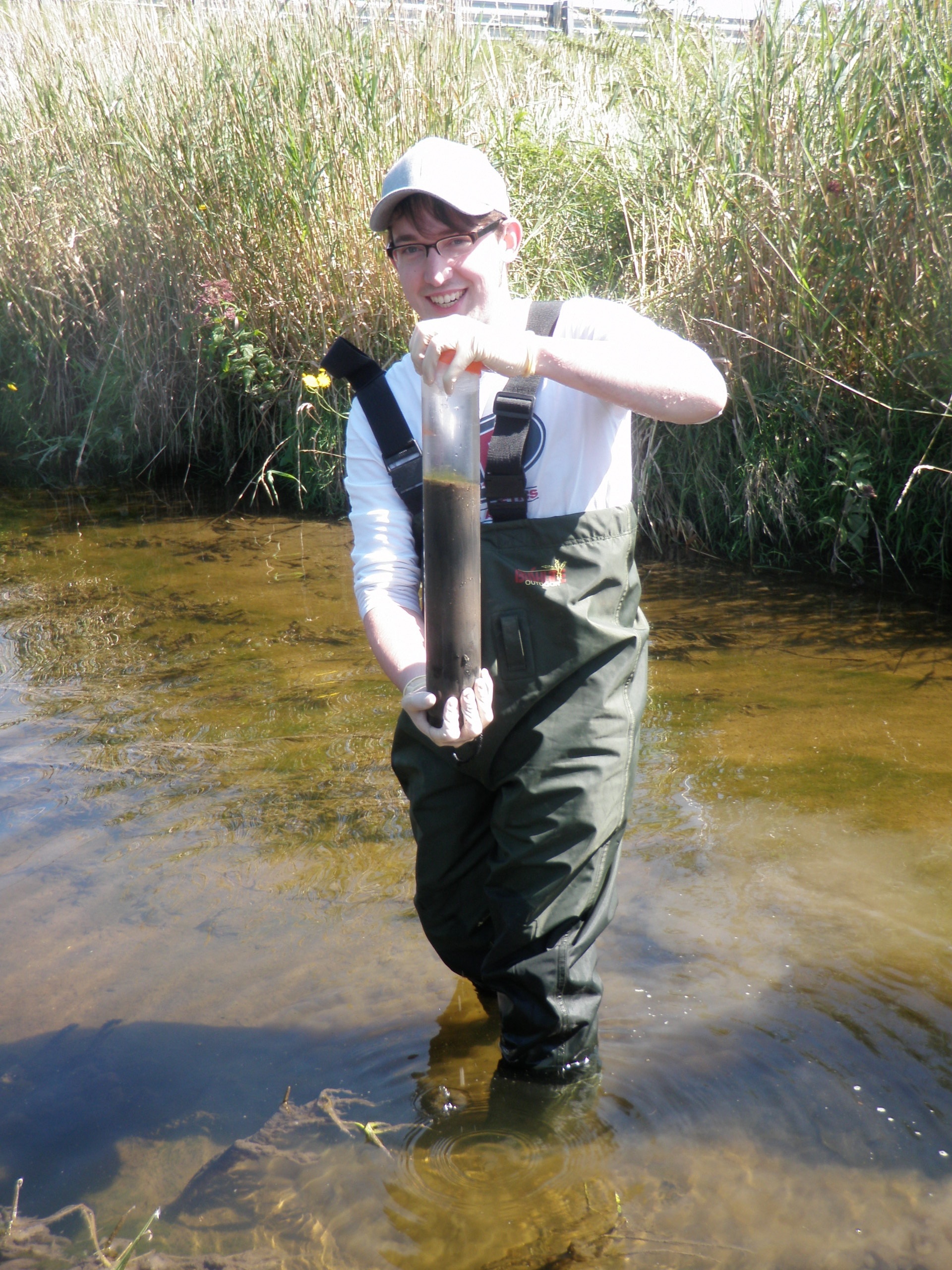
McMaster University researchers have discovered that floc–“goolike” substances that occur suspended in water and that host large communities of bacteria–also contain high levels of antibiotic resistance.
“This has important public health implications because the more antibiotic resistance there is, the less effective our antibiotic arsenal is against infectious diseases,” said Lesley Warren, professor of earth science, in a recent press release.
The research was led by Warren and Gerry Wright, scientific director of the Michael G. DeGroote Institute for Infectious Disease Research, along with Ian Droppo, a research scientist at Environment Canada.
They examined floc collected from Ontario’s Hamilton Harbour, which is impacted by sewer overflow; Sunnyside Beach in Toronto, which is impacted by wastewater; a rural stream near Guelph, impacted by light agricultural activities; and a remote lake in a natural preserve area in Algonquin Park, accessible only by float plane.
Researchers analyzed the water and floc samples for trace element concentrations and the presence of 54 antibiotic resistant genes. They were surprised to discover that genes encoding resistance to clinically relevant antibiotics were present in floc bacteria at all four sites, although resistance varied in intensity based on human influence. That is, there was less antibiotic resistance detectable from Algonquin Lake compared to Hamilton Harbour, which harbored the highest concentration of floc trace elements.

“What this tells us is that antibiotic resistance is widespread in aquatic environments ranging from heavily impacted urban sites to remote areas,” said Warren. “Yet, it also demonstrates that areas with greater human impact are important reservoirs for clinically important antibiotic resistance.
Floc are vibrant microbial communities that attract contaminants such as trace metals that are markers of resistance, Wright said. Warren added the study of antibiotic resistance in floc has never been done, “and we are only scratching the surface. The presence of environmental bacterial communities in aquatic environments represents a significant, largely unknown source of antibiotic resistance,” she said. “The better we understand what is out there, the better we can develop policies to safeguard human health as best we can.”









